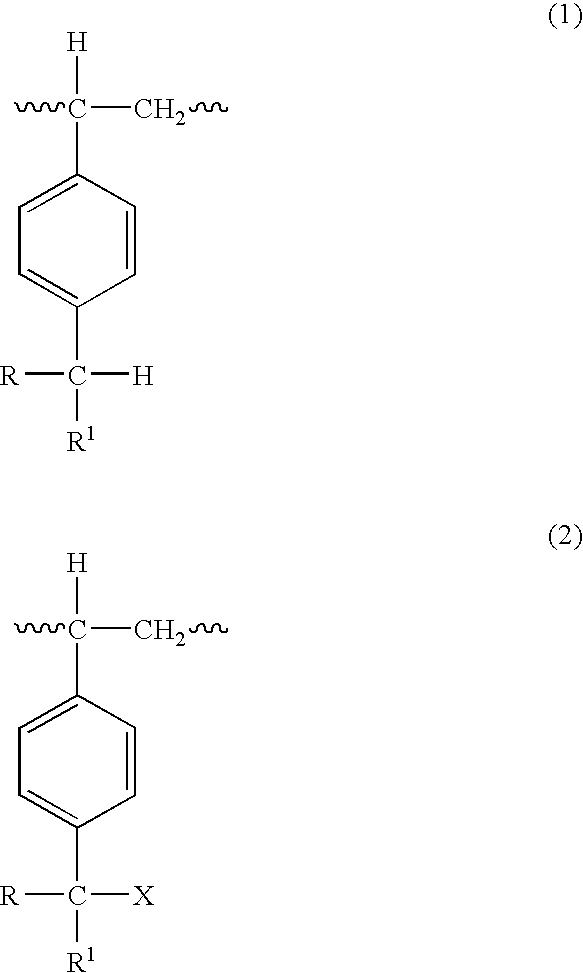Low permeability nanocomposites
a nano-composite, low-permeability technology, applied in the direction of transportation and packaging, layered products, special tyres, etc., can solve the problems of limited thermal stability of amines, increased hysteresis, poor mechanical properties, etc., to reduce the reactivity of amines in vulcanization
- Summary
- Abstract
- Description
- Claims
- Application Information
AI Technical Summary
Benefits of technology
Problems solved by technology
Method used
Image
Examples
Embodiment Construction
The present invention includes nanocomposite compositions of halogenated elastomers and clays treated with one or more exfoliating additives. The invention is not herein limited to the order of addition of the components. The halogenated elastomer may be an interpolymer comprises C4 to C7 isoolefin derived units, para-methylstyrene derived units and a para-(halomethylstyrene) derived units in one embodiment, and comprises C4 to C7 isoolefin derived units, multiolefin derived units, and halogenated multiolefin derived units in another embodiment. The nanocomposite can also include other cross-linking agents, thermoplastics, and secondary rubbers or “general purpose rubbers” as described herein.
Halogenated Elastomer
The interpolymers in one embodiment of the invention are random elastomeric copolymers of a C4 to C7 isomonoolefin, such as isobutylene and a para-alkylstyrene comonomer, preferably para-methylstyrene containing at least 80%, more preferably at least 90% by weight of t...
PUM
| Property | Measurement | Unit |
|---|---|---|
| mol % | aaaaa | aaaaa |
| mol % | aaaaa | aaaaa |
| mol % | aaaaa | aaaaa |
Abstract
Description
Claims
Application Information
 Login to View More
Login to View More - R&D
- Intellectual Property
- Life Sciences
- Materials
- Tech Scout
- Unparalleled Data Quality
- Higher Quality Content
- 60% Fewer Hallucinations
Browse by: Latest US Patents, China's latest patents, Technical Efficacy Thesaurus, Application Domain, Technology Topic, Popular Technical Reports.
© 2025 PatSnap. All rights reserved.Legal|Privacy policy|Modern Slavery Act Transparency Statement|Sitemap|About US| Contact US: help@patsnap.com


